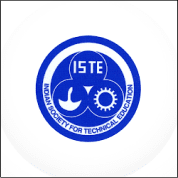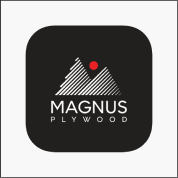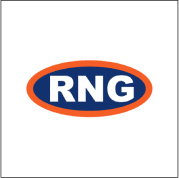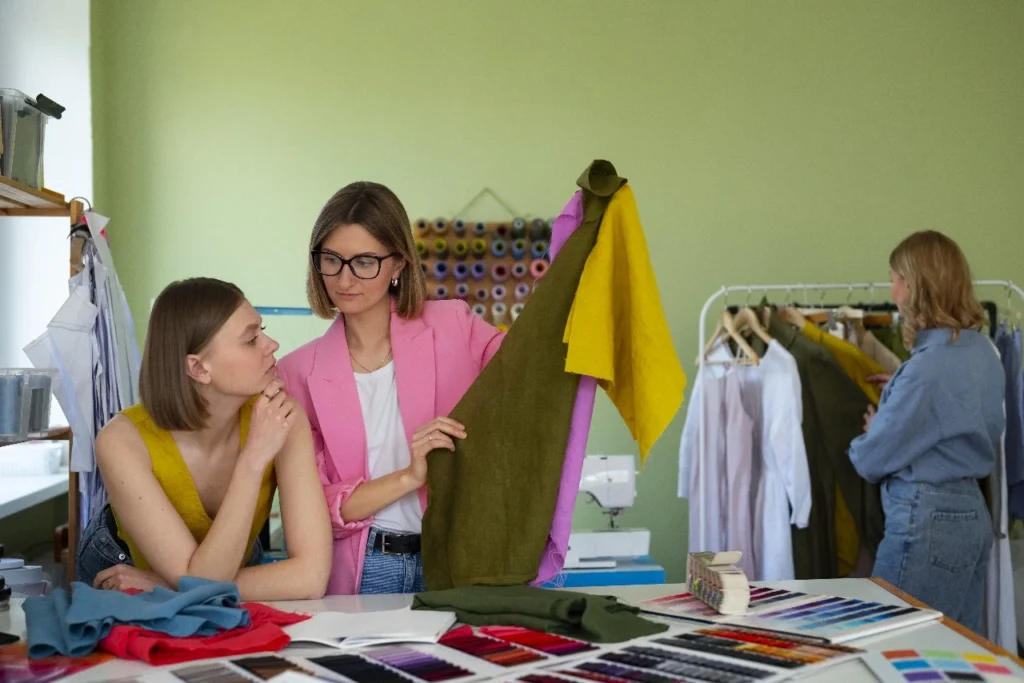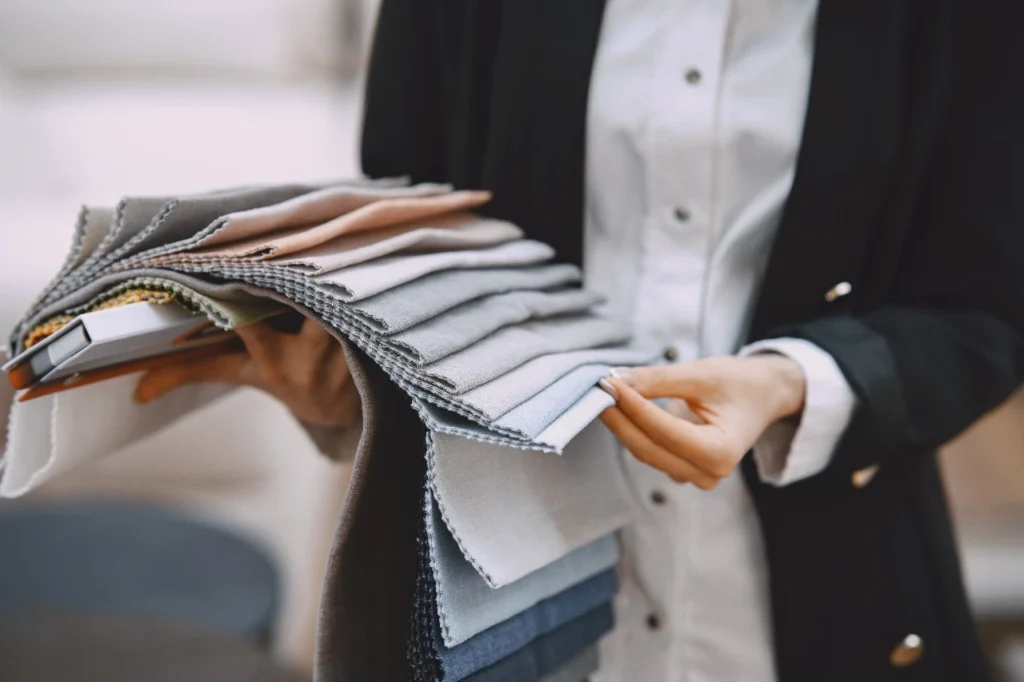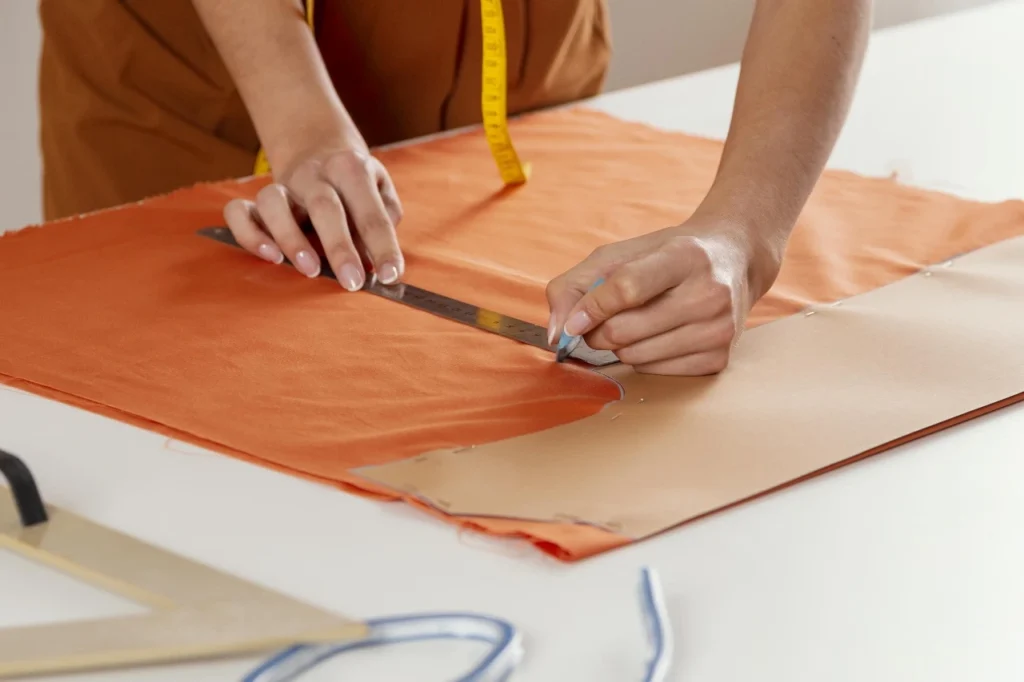Course Structure
The Fashion Design program at Gulzar Group of Institutions offers a
comprehensive curriculum spanning six semesters.
Sewing Technology delves into the intricacies of stitching techniques, equipment operation, and fabric manipulation, equipping students with essential skills for garment construction and textile production.
Environmental Science explores the intricate relationships between organisms and their surroundings, emphasising the study of ecosystems, conservation principles, and sustainable practices to address pressing environmental challenges.
Textile Science delves into fibre properties, fabric manufacturing, dyeing, and finishing processes crucial for understanding materials used in fashion design and ensuring quality and sustainability in textile production.
The History of World Art and Culture explores the evolution of artistic expression across civilizations, providing insights into cultural influences, artistic movements, and the significance of art in human societies throughout history.
Design Elements explores fundamental principles like line, shape, color, and texture, crucial for creating aesthetically pleasing and functional designs in disciplines like graphic designing, interior designing, and fashion design.
Draping and Basic Sewing Techniques teaches students how to manipulate fabric on a dress form to create garment prototypes and introduces fundamental sewing skills essential for fashion design.
Fashion and Visual Design explores the principles of visual aesthetics in fashion, covering colour theory, composition, and design elements to create visually appealing and conceptually rich fashion presentations and products.
Fabric Studies delves into the properties, characteristics, and applications of various textiles, providing insight into fabric selection, manipulation, and construction techniques essential for fashion design and production.
Geometrical Construction teaches fundamental techniques for drawing geometric shapes and figures accurately, laying the foundation for spatial visualisation and design proficiency in fields like architecture, engineering, and art.
Grading in fashion design involves scaling patterns to different sizes while maintaining their proportions and fit, ensuring consistency and accuracy across various body types and garment sizes.
English Communication enhances language proficiency, fostering effective verbal and written expression for various contexts, including academic, professional, and social interactions, thereby facilitating clear and impactful communication skills development.
Fashion Forecasting anticipates future trends by analysing consumer behaviour, cultural influences, and industry developments, guiding designers and businesses in creating relevant and innovative fashion collections to meet market demands.
Textile Elements explores the fundamental components of textiles, including fibres, yarns, fabric structures, and finishes, providing insights into their properties and applications in fashion design and production processes
Fabric Dyeing and Printing delves into techniques for colouring and embellishing fabrics, covering processes like dyeing, block printing, screen printing, and digital printing, crucial for adding visual interest to textile designs.
Fashion Illustration teaches techniques for visually communicating fashion concepts and designs through drawing and rendering garments, accessories, and figures with emphasis on proportion, movement, and style representation.
Leather Designing teaches techniques for crafting fashion accessories, footwear, and apparel from leather. Topics include leather properties, cutting, stitching, and embellishment methods for creating distinctive and stylish leather products.
Industrial Pattern Making focuses on creating precise patterns for mass production in the fashion industry. Students learn techniques for drafting, grading, and refining patterns to ensure consistency and accuracy in garment manufacturing processes.
Sustainable Study encompasses the exploration of environmentally friendly practices and ethical considerations within the fashion industry, aiming to promote sustainable development and minimise environmental impact throughout the production process.
Computer-aided Designs (CAD) revolutionise fashion design, offering efficient tools for creating, modifying, and analysing designs. It streamlines the process, enhances accuracy, and enables visualisation of concepts in the fashion industry.
Pattern-making is the foundational process in fashion design, involving the creation of templates that serve as guides for cutting and assembling fabric pieces to construct garments accurately and efficiently.
Creative pattern making involves innovative techniques to develop unique and unconventional garment designs, often departing from traditional methods to explore new shapes, structures, and forms in fashion construction.
Professional development is a vital aspect of career growth, offering opportunities for skill enhancement, knowledge acquisition, and personal growth, ensuring individuals remain competitive and effective in their respective fields.
Entrepreneurship development fosters innovation, leadership, and business acumen, empowering individuals to create and manage successful ventures, contributing to economic growth and societal progress.










































